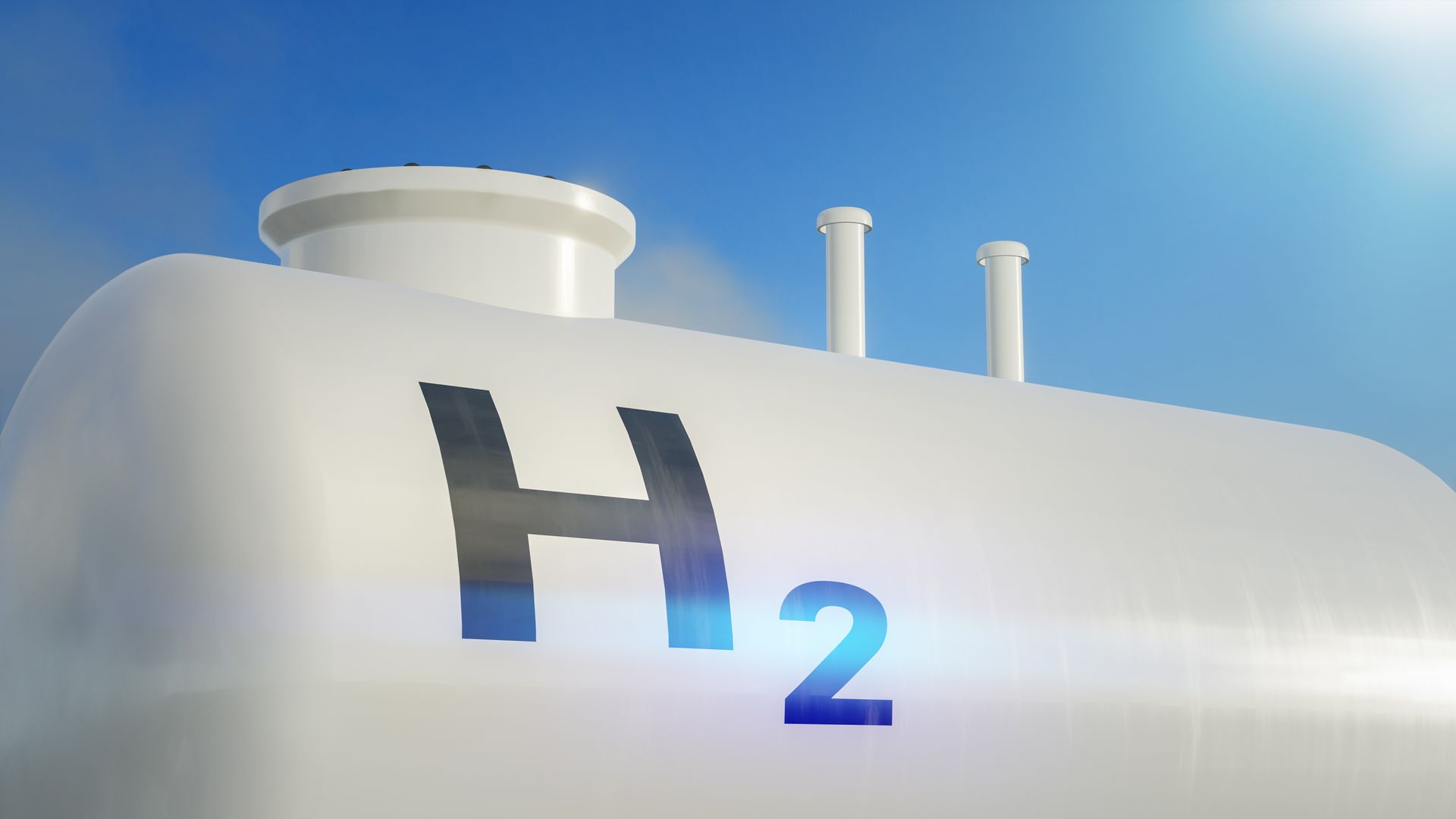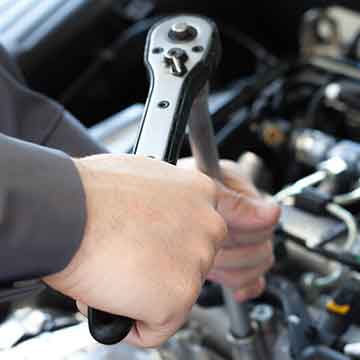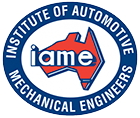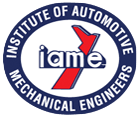Australian New Vehicle Sales Reach Record High in March 2024
In a testament to the resilience of the automotive industry, Australia's new vehicle sales have surged to unprecedented levels, surpassing previous records set in March 2018. The latest figures for March 2024 demonstrate a remarkable resilience and a strong consumer appetite for new vehicles, defying earlier concerns about economic uncertainties and supply chain disruptions.
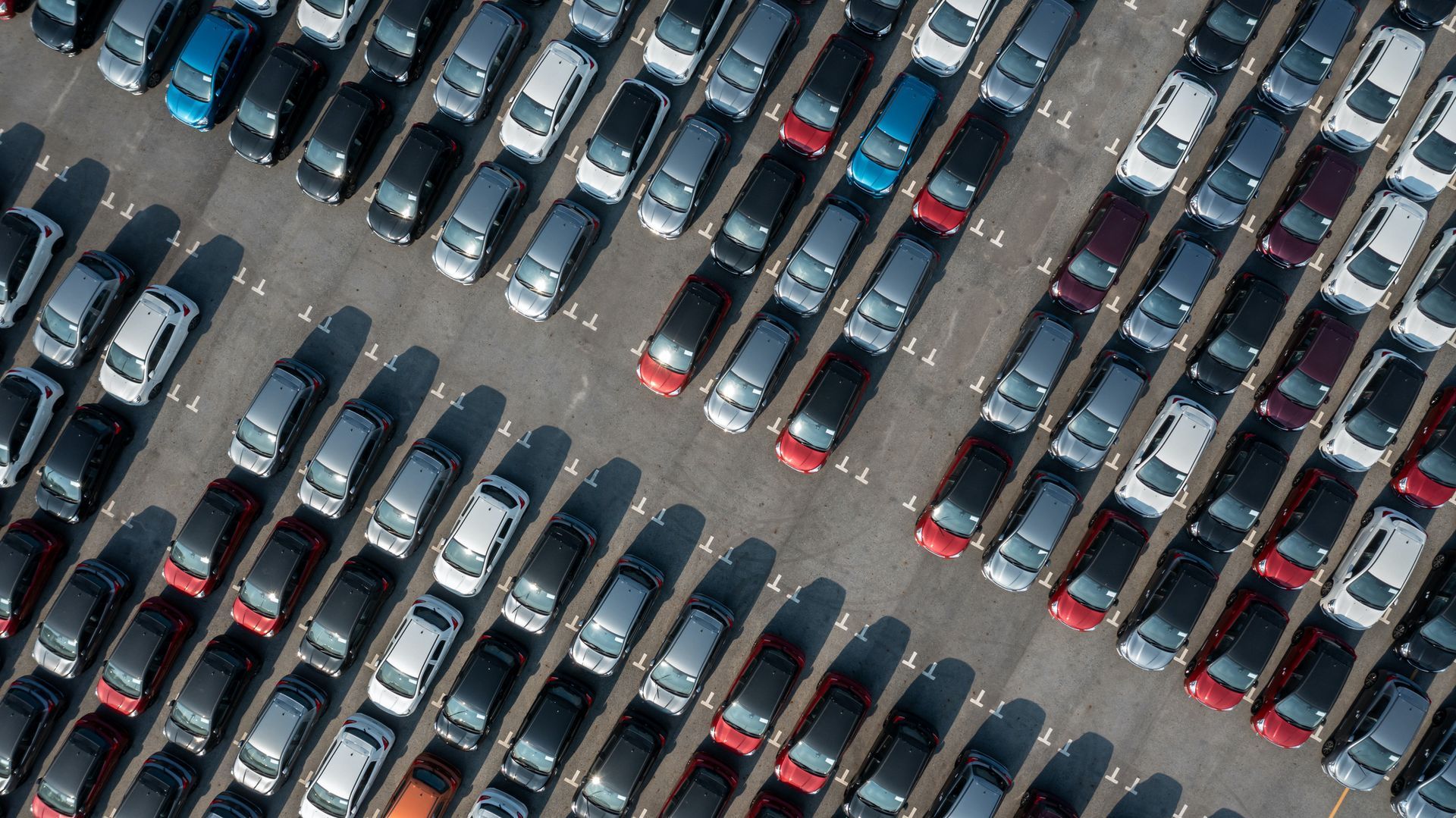
The automotive sector has long been considered a barometer of economic health, reflecting consumer confidence and spending patterns. The continued strength in new vehicle sales is indicative of the underlying stability and optimism within the Australian economy, despite global challenges and fluctuations in various sectors.
According to data released by the Federal Chamber of Automotive Industries (FCAI), March 2024 saw a significant uptick in new vehicle sales across the country, with figures exceeding expectations and setting a new benchmark. This surge not only represents a revival from the challenges faced in recent years but also signifies a robust rebound for the automotive industry.
One of the most striking aspects of this achievement is the comparison with March 2018, which was previously hailed as a standout month for new vehicle sales. Surpassing the sales figures of March 2018 is a remarkable feat, underscoring the sustained growth and resilience of the Australian automotive market despite intervening challenges.
Several factors have contributed to this remarkable performance in new vehicle sales. Firstly, ongoing improvements in economic conditions, including low-interest rates and a strong labor market, have bolstered consumer confidence and purchasing power. Additionally, the gradual easing of COVID-19 restrictions has unleashed pent-up demand, with consumers eager to upgrade their vehicles or make long-delayed purchases.
Furthermore, the automotive industry's response to evolving consumer preferences and technological advancements has played a pivotal role in driving sales growth. The introduction of innovative models, enhanced safety features, and a greater focus on sustainability and electric vehicles has resonated with Australian consumers, spurring increased interest and adoption.
Another key factor behind the surge in new vehicle sales is the resilience and adaptability demonstrated by automotive manufacturers and dealerships in navigating supply chain disruptions and logistical challenges. Despite global shortages of semiconductors and other components, industry stakeholders have managed to mitigate the impact on production and distribution, ensuring a steady supply of vehicles to meet growing demand.
Looking ahead, the outlook for Australia's automotive industry remains optimistic, albeit with some cautionary notes. While the March 2024 figures are undoubtedly encouraging, challenges such as supply chain disruptions, inflationary pressures, and geopolitical uncertainties persist. Moreover, the transition towards electric and autonomous vehicles presents both opportunities and challenges for traditional automakers, requiring strategic investments and adaptation to changing market dynamics.
In conclusion, the record-breaking new vehicle sales figures for March 2024 underscore the resilience, adaptability, and enduring appeal of Australia's automotive industry. Despite facing numerous challenges, the sector has demonstrated remarkable strength and resilience, buoyed by improving economic conditions, evolving consumer preferences, and proactive industry initiatives. As the automotive landscape continues to evolve, stakeholders must remain agile and forward-thinking to capitalize on emerging opportunities and navigate potential pitfalls, ensuring sustainable growth and prosperity for the industry as a whole.

